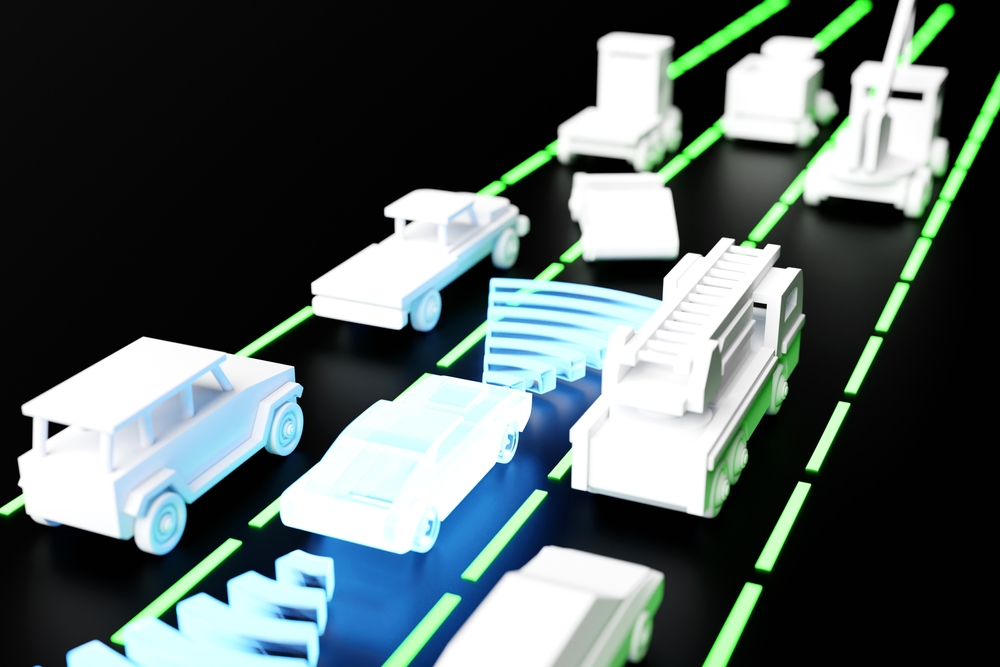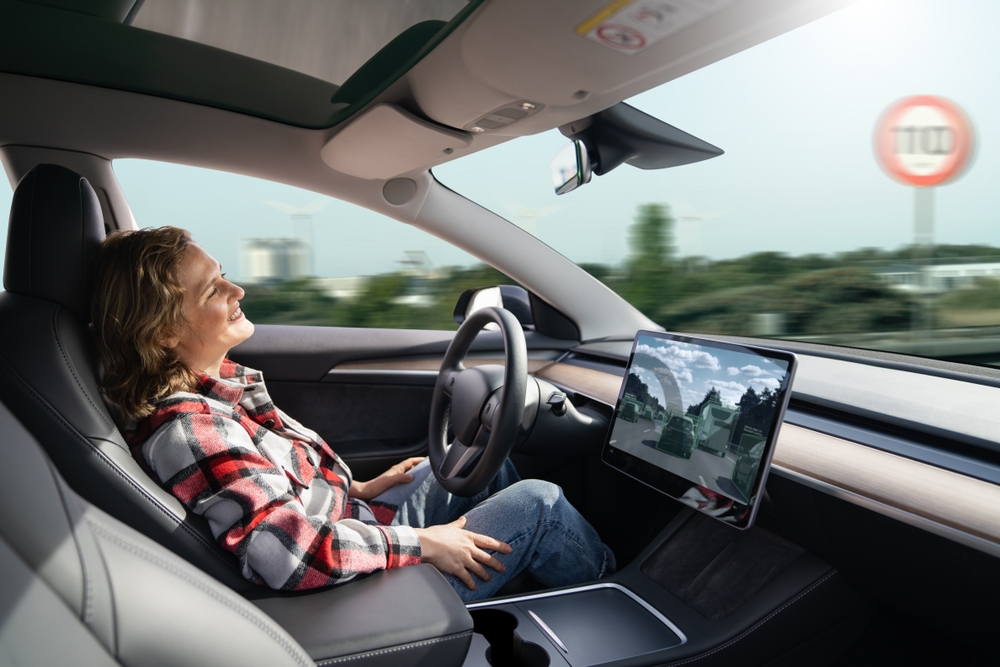Introduction
In the rapidly evolving field of transportation, self-driving cars have shown to be a revolutionary force. Previously restricted to science fiction, the notion of self-driving cars has emerged as a concrete reality, with the potential to completely transform our daily commute and the automotive sector overall. This blog aims to explain the development of autonomous vehicles, following their journey from sci-fi concepts to cutting-edge advancements. Revolutionary technological developments have accelerated the development of self-driving cars from conceptual blueprints to functional prototypes on public roads. These cars have the potential to drastically alter the way we travel as they move through the streets. The effects on society are extensive, ranging from improved efficiency to safer features. This investigation explores the current status of self-driving cars, looking at their technological capabilities as well as the possible changes in society they may bring about. Self-driving cars, which are poised to usher in a revolution in transportation, are more than just a means of transportation; they mark a paradigm change with far-reaching effects that go beyond conventional commuter norms.
- The History of Autonomous Vehicles: The concept of autonomous vehicles has its origins dating back several decades. But it wasn’t until recently that developments in machine learning, sensor technologies, and artificial intelligence came together to make self-driving cars a reality rather than a sci-fi dream. These vehicles, which were pioneered by Google, Tesla, and Waymo, use a variety of sensors, cameras, radar, and advanced algorithms to sense their environment and make snap decisions.

- Levels of Autonomy: From Level 0 (no automation) to Level 5 (full automation), the Society of Automotive Engineers (SAE) has developed a classification system with six levels of driving automation. Nowadays, the majority of cars on the road have Level 1 or Level 2 driver assistance systems, such as lane-keeping assistance and adaptive cruise control. But the industry is getting closer to reaching Level 3, when most driving tasks can be performed by cars without the need for human intervention.
- Efficiency and Safety: Improving traffic safety is one of the main benefits that self-driving cars are expected to bring. Most accidents are caused by human error; autonomous vehicles, which don’t get tired or distracted, could drastically lower the number of accidents. Furthermore, by accelerating and decelerating more smoothly, self-driving cars can improve fuel efficiency, lessen traffic jams, and maximize traffic flow.
- Problems and Issues: In spite of the optimistic outlook, there are still obstacles in the way of the widespread integration of autonomous vehicles. Regulation complexity, moral quandaries, and technical difficulties are all very real. Important steps toward achieving broad acceptance include resolving cybersecurity issues, creating a strong legal framework, and guaranteeing the dependability and safety of autonomous systems.
- Societal Implications: There are many societal ramifications that come with the introduction of self-driving cars. The employment situation is probably going to be affected the most immediately, particularly in sectors that depend on driving, like delivery services and trucking. Furthermore, as traffic patterns change and the demand for parking spaces declines, urban planning may also change. The need for individual vehicle ownership may decline with the rise of autonomous ride-sharing services, which could cause a shift in car ownership models.
- Environmental Aspects: There is a chance that self-driving cars will improve environmental sustainability. Autonomous vehicles have the potential to reduce carbon emissions through optimized driving patterns, reduced idling times, and efficient route planning. Self-driving cars that run on electricity or hybrid powertrains reinforce this beneficial effect and support international efforts to mitigate climate change.
- The Human Aspect: Although self-driving car technology is still developing, people’s involvement in the driving experience is still a major concern. Trust, morality, and passengers’ psychological comfort in self-driving cars are still issues. Achieving the ideal balance between machine autonomy and human control is essential to building public acceptance and facilitating a seamless transition to a time when self-driving cars are the norm.

Conclusion
In summary, the development of autonomous vehicles portends a dramatic paradigm change in the transportation industry, one that will have far-reaching effects on society and technology. The future that is envisaged is one in which sustainability is given top priority, efficiency is maximized, and safety is given top priority. This trip is not without its formidable obstacles, though. Gaining the public’s trust, allaying worries, and navigating the complex regulatory environment are important tasks that require careful attention to detail.
The journey ahead is a fascinating fusion of intricacy and thrills. It imagines a driving experience that breaks free from conventional wisdom, evolving into a smooth amalgam of cutting-edge safety features, advanced technology, and social advancement. As autonomous vehicles develop, it will be important to maintain a careful balance between innovation and public acceptance to realize the potential benefits and address the changing concerns of a society on the verge of a transportation revolution. The path to ensuring that the introduction of self-driving cars into our daily lives is in line with our shared vision of a safer, more effective, and sustainable future is not without risk, but it is one that demands careful navigation.

